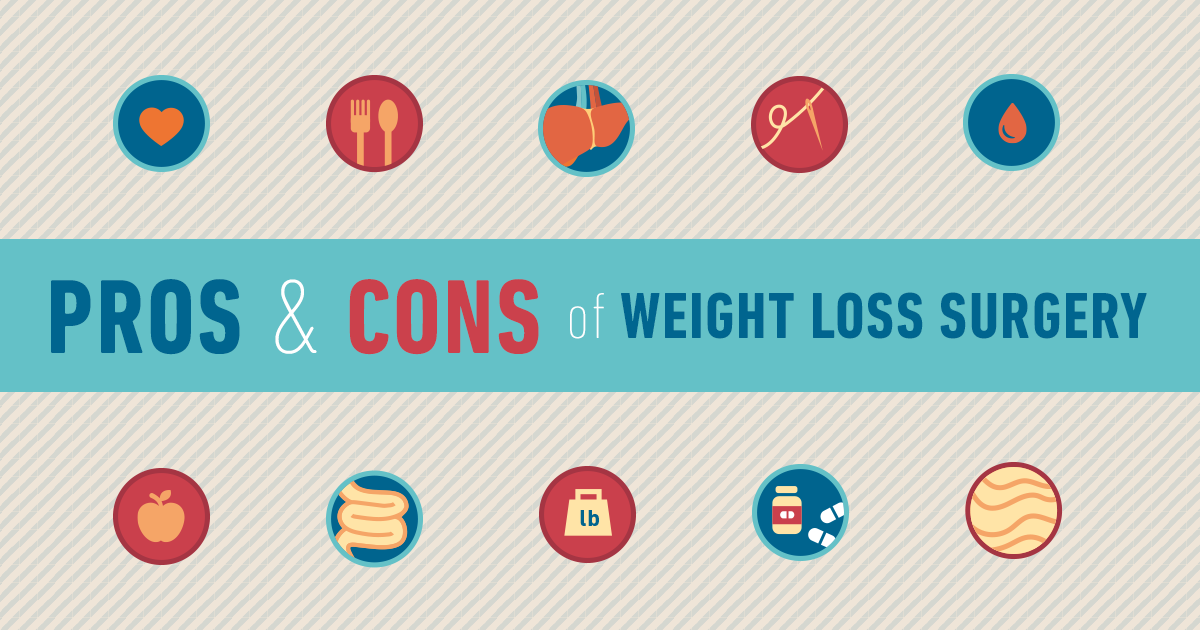What Are The Differences And Similarities Between SMILE Eye Surgical Treatment And LASIK And PRK?
What Are The Differences And Similarities Between SMILE Eye Surgical Treatment And LASIK And PRK?
Blog Article
Post Created By-Adler Kerr
If you've been thinking about SMILE eye surgery, you could wonder exactly how it stacks up against LASIK and PRK. Each procedure has its very own collection of advantages and considerations. From quicker recuperation times to possible risks, there are essential distinctions you should understand before making a decision. Understanding these distinctions will assist you make an informed option that aligns with your specific needs and assumptions. Interested to understand even more about how these procedures compare carefully? Keep on exploring to gain a comprehensive understanding of SMILE, LASIK, and PRK.
SMILE Eye Surgical Treatment Overview
If you're considering SMILE eye surgical treatment, you'll locate it to be a minimally intrusive procedure with a quick healing time. During SMILE (Small Cut Lenticule Removal), a laser is made use of to develop a little, specific incision in the cornea to eliminate a small item of cells, improving it to correct your vision. This varies from LASIK, where a flap is produced, and PRK, where the external layer of the cornea is completely removed.
One of the key advantages of SMILE is its minimally intrusive nature, causing a faster recovery procedure and much less discomfort post-surgery. The recuperation time for SMILE is relatively quick, with several clients experiencing boosted vision within a day or two. This makes it a preferred choice for those looking for a hassle-free and reliable vision modification procedure. In addition, SMILE has been revealed to have a reduced threat of dry eye syndrome contrasted to LASIK, making it a desirable option for individuals concerned about this possible negative effects.
Differences Between SMILE, LASIK, and PRK
When contrasting SMILE, LASIK, and PRK eye surgical procedures, it is essential to recognize the distinctive strategies made use of in each treatment for vision correction.
SMILE (Small Incision Lenticule Extraction) is a minimally intrusive treatment that includes creating a little laceration to extract a lenticule from the cornea, reshaping it to deal with vision.
LASIK (Laser-Assisted In Situ Keratomileusis) includes developing a slim flap on the cornea, utilizing a laser to reshape the underlying tissue, and then repositioning the flap.
PRK (Photorefractive Keratectomy) removes the outer layer of the cornea before improving the tissue with a laser.
The main distinction lies in the means the cornea is accessed and treated. SMILE is flapless, making it a great option for individuals with thin corneas or those involved in contact sporting activities. LASIK offers rapid visual recuperation as a result of the flap development, but it might position a greater risk of flap-related complications. PRK, although having a longer healing period, avoids flap-related concerns completely.
Recognizing these variances is crucial in selecting the most appropriate treatment for your vision adjustment demands.
Pros and Cons Comparison
To review the benefits and downsides of SMILE, LASIK, and PRK eye surgeries, it's essential to take into consideration the specific advantages and possible restrictions of each procedure. SMILE surgery supplies the benefit of a minimally invasive treatment, with a smaller incision and possibly quicker recovery time contrasted to LASIK and PRK. It likewise minimizes the risk of dry eye post-surgery, a common side effect of LASIK. Nonetheless, SMILE may have constraints in dealing with greater levels of nearsightedness or astigmatism contrasted to LASIK.
LASIK surgery supplies quick aesthetic recovery and marginal pain during the procedure. It's extremely efficient in treating a variety of refractive errors, including nearsightedness, hyperopia, and astigmatism. Yet, LASIK carries a risk of flap difficulties, which can affect the corneal structure.
PRK eye surgical procedure, while not as popular as LASIK, avoids producing a corneal flap, decreasing the risk of flap-related complications. It's suitable for individuals with slim corneas or irregular corneal surfaces. However, PRK has a much longer recovery time and might include much more pain during the healing procedure.
Verdict
So, when it involves picking in between SMILE, LASIK, and PRK, think about it like choosing the perfect pair of shoes. cataract surgery black spots is like a sleek, comfy set of tennis shoes - quick and simple.
LASIK is much more like stylish high heels - flashy and quick, yet with some possible threats.
PRK resembles durable treking boots - dependable and durable, however needing a little bit more time and effort.
Inevitably, the very best selection relies on your individual needs and choices.
